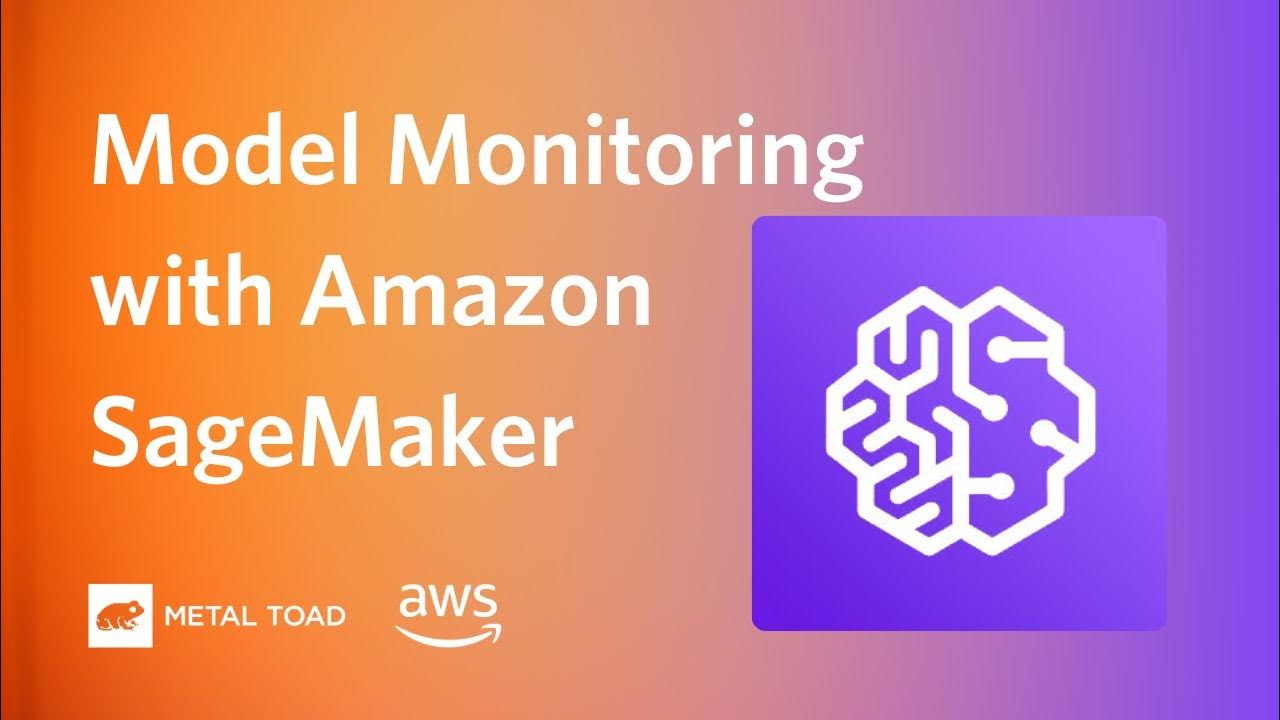'SERVQUAL' or GAP model explained
Summary
TLDRIn this webinar, the presenter introduces the Service Quality (SERVQUAL) model, often referred to as the GAP model, which helps companies evaluate their service performance. The model identifies five key gaps between customer expectations and company delivery, including issues in market research, service design, employee training, communication, and perception. The presenter explains how to use the model practically, with an emphasis on the importance of customer feedback and proper service design. Additionally, the presenter recommends a book by Zytom Bittner, Gremler, and Wilson for a deeper understanding of the SERVQUAL dimensions and their application.
Takeaways
- 😀 The Surf Quarrel model (also called the Gap model) is designed to help companies identify gaps in their service quality.
- 😀 Every company, even those focused on products, delivers services, making every company, in essence, a service company.
- 😀 The model helps analyze the service quality between a company's offering and customer expectations using five key gaps.
- 😀 The first gap (Gap 1) exists when a company doesn't know what the customer truly wants due to a lack of market research.
- 😀 Gap 2 occurs when there is a disconnect between the company's perception of customer expectations and the design of services to meet those expectations.
- 😀 Gap 3 happens when the company fails to deliver its service according to the design, often due to employee knowledge or behavior issues.
- 😀 Gap 4 is about the difference between the service communicated to customers and the actual service delivered, often referred to as 'over-promising and under-delivering.'
- 😀 Gap 5 reflects the difference between customer expectations and the perceived service after it is delivered.
- 😀 The model measures service quality using the SERVQUAL dimensions: reliability, assurance, tangibles, empathy, and responsiveness.
- 😀 You can use the SERVQUAL model with the 22-item scale or adapt it through observations and conversations with customers and staff for a more informal analysis.
- 😀 The model is easy to set up, intuitive, standardized, and widely used in service environments and B2B contexts.
Q & A
What is the Surf Qual or Gap model, and what does it measure?
-The Surf Qual or Gap model, often called the Gap model, measures the quality of service by identifying the gaps between customer expectations and perceptions, as well as between the company's service delivery and what is communicated to customers.
Why is every company considered a service company, according to the speaker?
-Every company is considered a service company because, regardless of the product they sell, the product is just a vehicle to deliver a service. Therefore, all companies offer services in some form.
What is the Zone of Tolerance in the Gap model?
-The Zone of Tolerance refers to the range within which customers are willing to accept variations in service. If a customer receives a service that is within this range, they perceive it as acceptable, even if it doesn't meet their exact expectations.
What is Gap 1 in the Gap model?
-Gap 1 occurs when there is a difference between what the company thinks the customer wants and what the customer actually expects. This gap typically arises from a lack of market research or focus on customer needs.
What is Gap 2, and how does it affect service delivery?
-Gap 2 is the difference between the company’s perception of customer expectations and the actual service design. It highlights a failure to align the company’s service delivery design with what customers expect.
What is Gap 3, and what can cause it?
-Gap 3 occurs when there is a gap between the service design and the actual delivery of the service. This can happen if employees are not properly trained or do not know how to execute the service as intended.
How does Gap 4 manifest in a company?
-Gap 4 happens when the company over-promises in its marketing communications but fails to deliver on those promises. This results in customer dissatisfaction when the promised service is not received.
What is the difference between expected service and perceived service, according to Gap 5?
-Gap 5 refers to the difference between the service customers expected and the service they actually received. This gap can occur if there is miscommunication or unmet expectations due to various factors.
What are the five gaps identified in the Gap model?
-The five gaps in the model are: 1) Gap 1 - between customer expectations and company perceptions, 2) Gap 2 - between company perceptions and service design, 3) Gap 3 - between service design and service delivery, 4) Gap 4 - between communication and service delivery, and 5) Gap 5 - between expected and perceived service.
What are the RATER dimensions, and how do they relate to service quality measurement?
-The RATER dimensions are a set of five key attributes used to measure service quality: Reliability, Assurance, Tangibles, Empathy, and Responsiveness. These dimensions are part of a scale used to assess service quality, with 22 items across these dimensions.
Outlines

This section is available to paid users only. Please upgrade to access this part.
Upgrade NowMindmap

This section is available to paid users only. Please upgrade to access this part.
Upgrade NowKeywords

This section is available to paid users only. Please upgrade to access this part.
Upgrade NowHighlights

This section is available to paid users only. Please upgrade to access this part.
Upgrade NowTranscripts

This section is available to paid users only. Please upgrade to access this part.
Upgrade NowBrowse More Related Video

The GAP Model of Service Quality I Services Marketing

Gap Model of Service Quality, Service Marketing, Marketing of services, service gap model

Service Gap model - Gap analysis explained

GAPS MODEL, Gaps of service quality, Gaps analysis, gap models, gap model of service quality, Gap

Model Monitoring with Sagemaker

Kepuasan Konsumen
5.0 / 5 (0 votes)